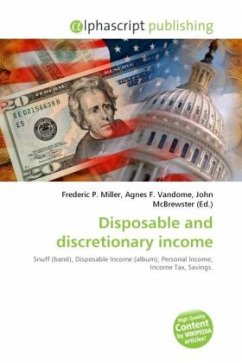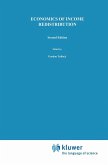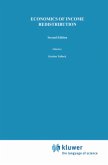High Quality Content by WIKIPEDIA articles! Disposable income is total personal income minus personal current taxes. In national accounts definitions, personal income, minus personal current taxes equals disposable personal income. Subtracting personal outlays (which includes the major category of personal (or, private) consumption expenditure) yields personal (or, private) savings. Restated, consumption expenditure plus savings equals disposable income after accounting for transfers such as payments to children in school or elderly parents living arrangements. The marginal propensity to consume (MPC) is the fraction of a change in disposable income that is consumed. For example, if disposable income rises by $100, and $65 of that $100 is consumed, the MPC is 65%. Restated, the marginal propensity to save is 35%.







